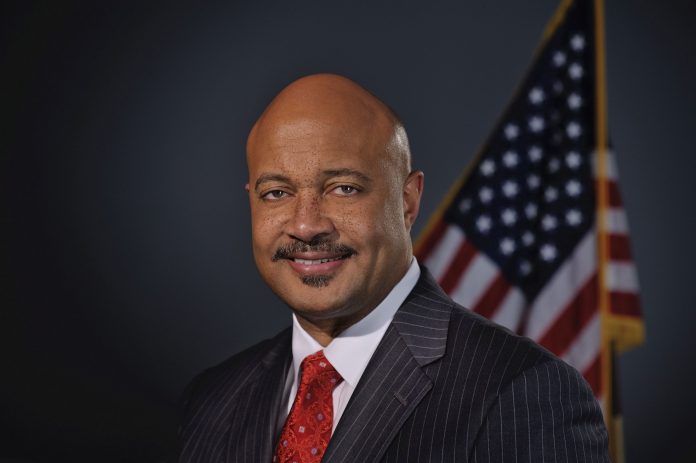Il for www.theindanalawyer.com
A Fort Wayne attorney currently serving a six-month embezzlement sentence in federal prison has been suspended from the practice of law in Indiana effective immediately following his felony convictions.
The Indiana Supreme Court issued an order of interim suspension against Randall B. Stiles, who was sentenced in March to six months behind bars for two counts of felony bankruptcy fraud and one count of misdemeanor failure to file a tax return.
The justices ordered Stiles’ suspension from the practice of law on June 18, noting Stiles is already under suspension in another disciplinary action. In that cause, Stiles’ suspension for noncooperation with the Indiana Supreme Court Disciplinary Commission was converted into an indefinite suspension.
Stiles, who stole from a bankruptcy client while practicing in the U.S. Bankruptcy Court and lied about filing his tax returns, was ordered to pay $235,055.88 in restitution to the IRS and $3,535 to a victim in a bankruptcy case after he pleaded guilty to the offenses in 2017. He was also required to file unfiled tax returns from 2009, 2010, 2011 and 2012.
The attorney is also already under suspension for continuing legal education noncompliance, the June 18 suspension order states. He has been the subject of 12 disciplinary actions, according to the Indiana Roll of Attorneys.
Stiles is ordered to fulfill his continued duties as a suspended attorney pursuant to Admission and Discipline Rule 23(26).
His interim suspension will continue until further order of the court or until a final resolution of any resulting disciplinary action, as long as no other suspension is in effect.
Stiles is currently incarcerated at the federal prison in Terre Haute and is schedule for release on Oct. 31.






